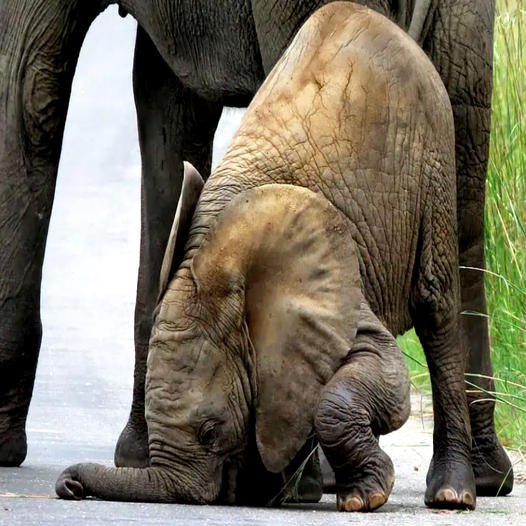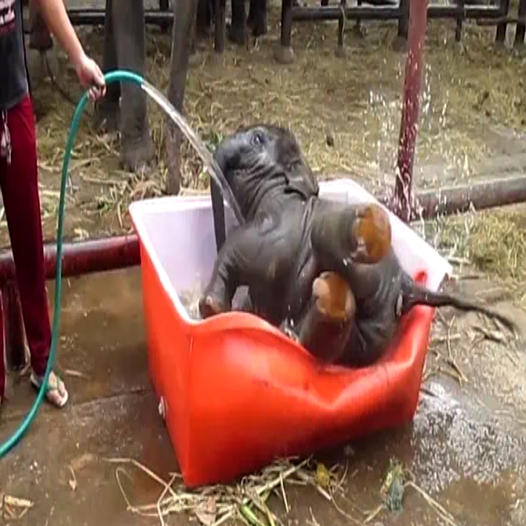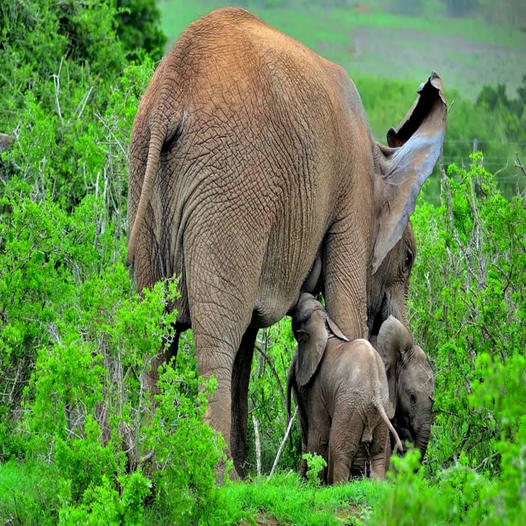
Devil’s-bit scabious (Succisa pratensis) emerges in the latter part of the growing season, flourishing when many other flora have ceased blooming, thereby attracting a plethora of pollinators.
This plant thrives not only in semi-natural meadows and roadside verges but also in coastal heathlands, open woodlands, marshes, and coastal cliffs.
Devil’s-bit scabious is especially favored by hoverflies, though bumblebees frequently visit it as well.
–

Bulbous buttercup (ranunculus acris) blossoms from May through September, offering sustenance to pollinators for much of the growing season.
The open flowers of Bulbous buttercup are particularly alluring to hoverflies and other insects with short proboscises.
Commonly found in semi-natural meadows, cultivated fields, roadside verges, and open woodlands, Bulbous buttercup is ubiquitous.
–

Square-stemmed St. John’s wort (Hypericum maculatum) flowers from July to September.
Although it produces no nectar, Square-stemmed St. John’s wort remains a favorite among hoverflies that collect its pollen.
This plant grows in semi-natural meadows, roadside verges, dry slopes, and forest edges.
–

Autumn hawkbit (Scorzoneroides autumnalis) blooms from July to October, highly favored by bees and hoverflies late in the season when few other species are in bloom.
With its open flowers, Autumn hawkbit provides easy access to nectar for pollinators.
It thrives in semi-natural meadows, roadside verges, forests, and coastal meadows.
–

Grass starwort (Stellaria graminea) blooms from June to September, often producing numerous flowers in a small area.
Slender and delicate, Grass starwort is predominantly visited by small, lightweight pollinators such as hoverflies and other wild bees.
It grows in semi-natural meadows, roadside verges, and forest edges, and can also be found in moderately fertilized meadows.
–

White clover (Trifolium repens) has a prolonged flowering period from June to September, crucial for pollinators throughout the season.
The flowers of White clover have long corolla tubes where nectar is collected at the bottom, accessible primarily to bumblebees with their long tongues.
This plant flourishes in semi-natural meadows, cultivated fields, grazed forests, and roadside verges. It can be sown in both meadows and lawns.
–

Red clover (Trifolium pratense) also has a lengthy flowering period from May to September, making it vital for pollinators throughout the season.
Similar to white clover, red clover flowers possess long corolla tubes, drawing bumblebees with the longest tongues, such as garden bumblebees.
Red clover grows in semi-natural meadows, cultivated fields, forest edges, and roadside verges, and is often sown in meadows.
–

Field scabious (Knautia arvensis) blooms in mid-summer, from late June to August.
Popular among bumblebees, Field scabious features large flowers where multiple bumblebees can gather nectar and rest simultaneously.
This plant is commonly found in semi-natural meadows but also grows on roadside verges and dry slopes.
–

Wood cranesbill (Geranium sylvaticum) blooms from May to July, providing an essential resource for pollinators early in the season.
Its flowers are especially attractive to bumblebees but are also visited by hoverflies and some wild bees.
Wood cranesbill grows in semi-natural meadows, roadside verges, and forests.
–

Tormentil (Potentilla erecta) blooms from June to August.
With open flowers where nectar is easily accessible, Tormentil attracts hoverflies and other small pollinators.
It thrives in semi-natural meadows, heathlands, forests, and bogs




